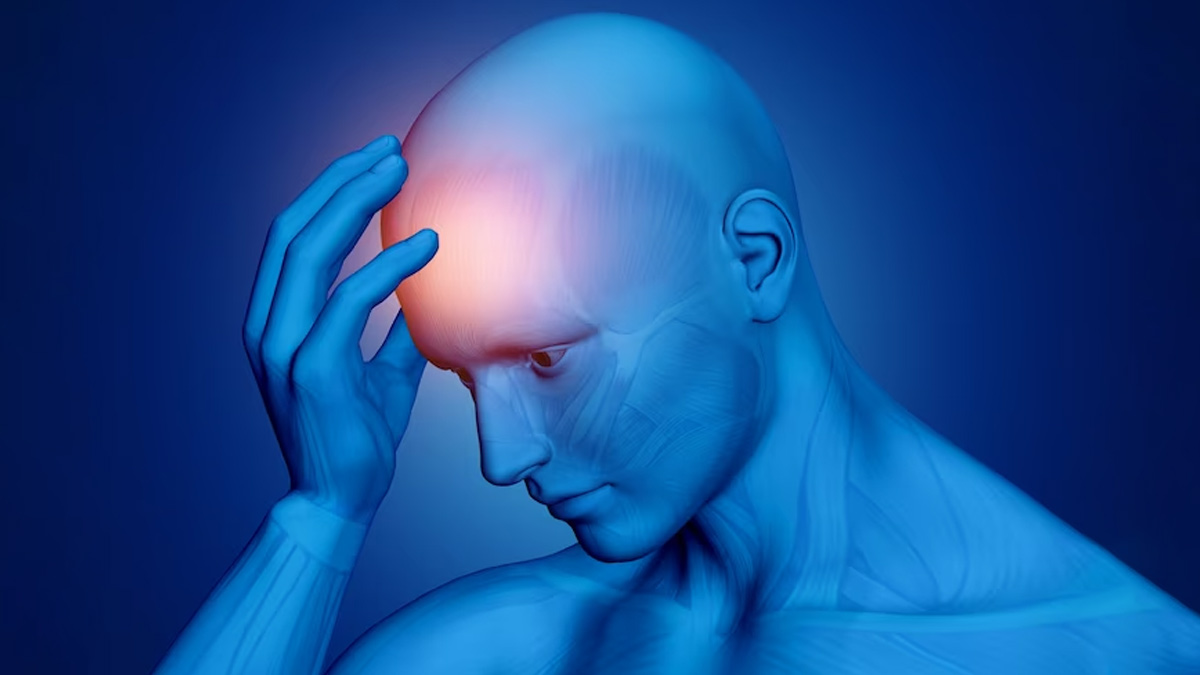
Every individual experiences headache at some time in this fast moving lifestyle, and it is often dismissed as an insignificant complaint. Many times, when ignored it can cause serious consequences. Presence or absence of headache can indicate brain health and health in general.
In an interaction with OnlyMyHealth, Dr Pawan Ojha, Director-Neurology, Fortis Hiranandani Hospital, Vashi, Mumbai, explained how a headache is an indicator of brain health.
Types Of Headache
Categorising headache types as primary or secondary, arises from trying to differentiate benign from potentially serious brain ailments causing headache.
Primary Headache
Primary headache means that headache itself is a disease and not a manifestation of another hidden disease. Usually there is a long history of episodic headaches, with stereotyped symptoms and no abnormality on clinical or neurological examination.
Also read: Headache Location: Read To Know What Actually They Mean
According to a journal, primary headache includes – migraine, tension type headache, cluster headache etc. There are specific medicines to prevent and treat attacks of these headaches.
Secondary Headache
Secondary headache is diagnosed when headache is caused by another disease and the signs and symptoms of underlying diseases should be looked out for, investigated and treated.
“Common causes of secondary headaches include subarachnoid haemorrhage, ischemic or haemorrhagic stroke, infection of the central nervous system, eye related conditions, sinusitis, TM Joint issues,” said Dr Ojha.

Further adding, Dr Ojha said that cerebral venous thrombosis and cerebral vasoconstriction syndromes are serious conditions in young individuals causing severe and serious secondary headaches.
They should be suspected if accompanied by transient or fixed weakness, vomiting, neck stiffness, and change in level of alertness. These symptoms are therefore important for differentiating secondary from primary headaches.
Mnemonic To Differentiate Migraine With Secondary Headache
Here are the key points that help us in differentiating migraine from secondary headache or can easily catch by mnemonic SNOOP 4 where:
- S stands for systemic symptoms or signs such as fever, weight loss, history of immunosuppression.
- N stands for neurological symptoms and signs such as focal neurological deficit, visual obscuration and pulsatile tinnitus.
- O stands for sudden onset headache reaching maximum intensity within 60 seconds.
- O stands for over the age of 50 years.
- P stands for progressive worsening of headache.
- P stands for precipitated by valsalva manoeuvre
- P stands for postural relationship: headache worse when standing or with lying
- P Papilledema: swelling of the optic (eye) nerves caused by increased pressure in the brain.
If above SNOOP4 conditions are there, then that headache should be considered as potentially threatening; it should be given immediate medical attention to minimise potential damage.
Also read: Can Acid Reflux Cause Headache or Migraine?
Bottomline
Thus, headache could be a symptom for many serious hidden ailments. Understanding various types of headaches and their distinguishing features is essential to identify underlying potentially serious diseases. Primary headaches such as migraines could be severe and significantly impact daily life. headaches alone are rarely an indicator of a Stroke and are in general accompanied by other neurological symptoms and signs such as weakness, imbalance, vision issues etc. By seeking appropriate medical advice for headache, we can certainly ensure brain health by addressing underlying issues well in time.

Consulting a healthcare professional for a seemingly innocuous headache can be worthwhile. Do not ignore specific red flags (SNOOP4) that warrant urgent medical attention.







